1. Camouflage Coats for Blending In
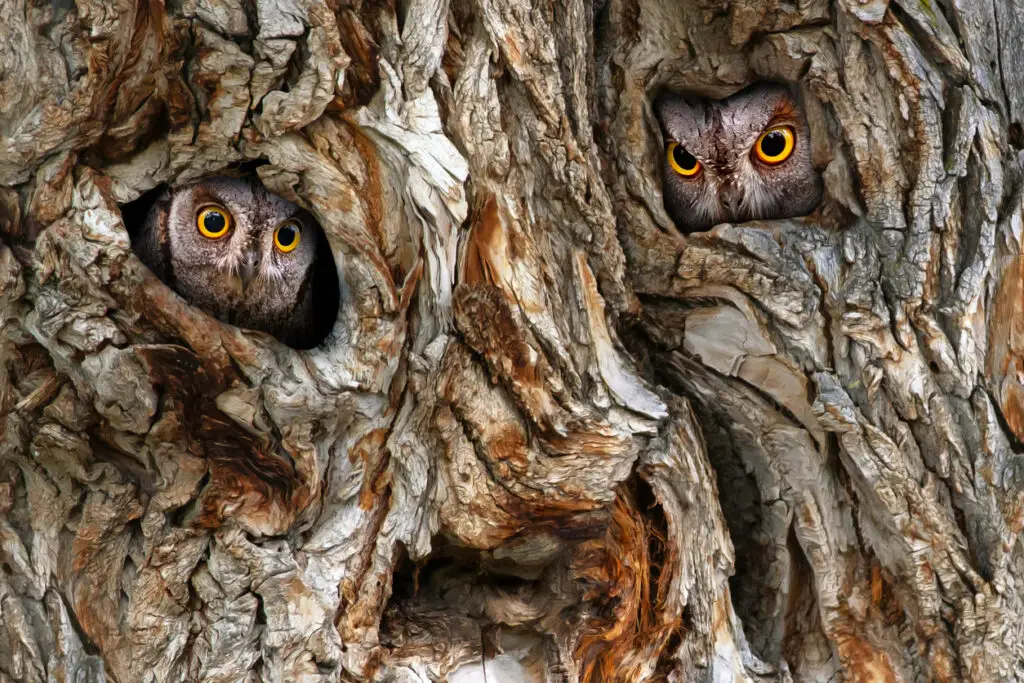
Many baby animals are born with special coats or markings that allow them to blend into their surroundings. For example, fawns have spotted coats that help them stay hidden in dappled forest light, protecting them from predators.
2. Playing to Learn Survival Skills
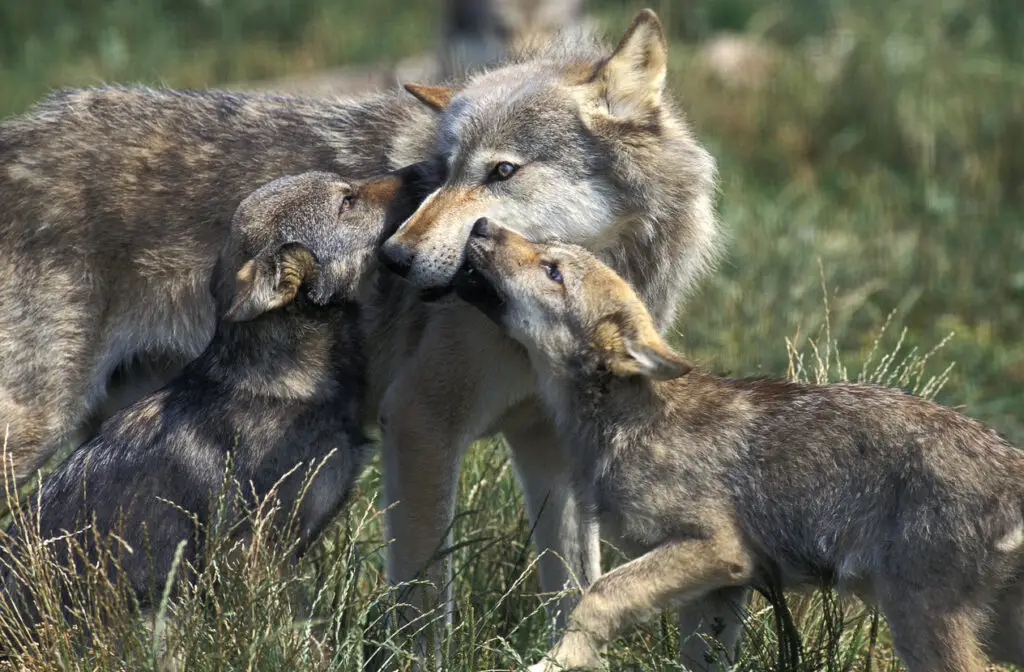
Baby animals like lion cubs and wolf pups playfight with their siblings. This behavior isn’t just for fun; it helps them develop critical hunting, social, and defensive skills needed for adulthood.
3. Mimicry of Dangerous Species
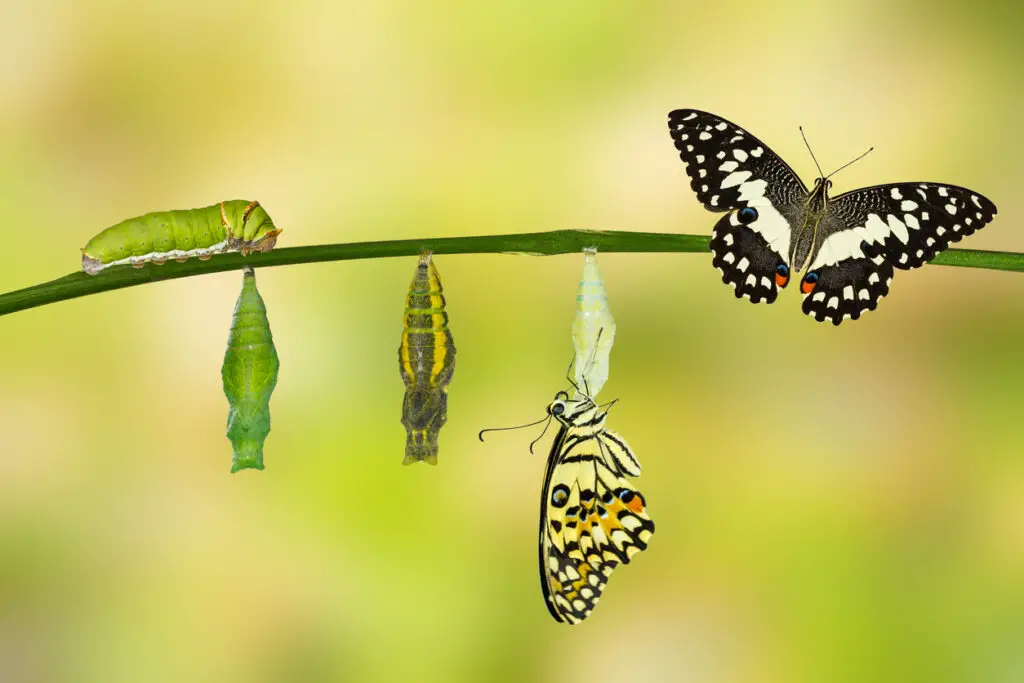
Certain baby animals have adaptations that make them appear similar to more dangerous or unpalatable creatures. For instance, some butterfly larvae mimic snake heads or poisonous caterpillars to ward off predators.
4. Freezing Instincts to Avoid Detection
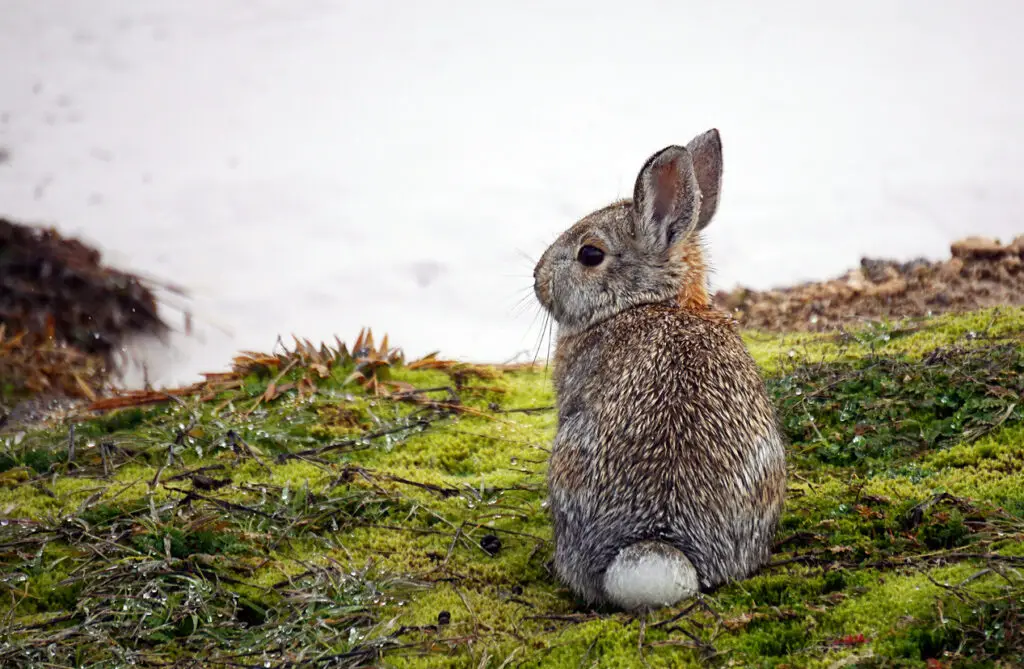
When threatened, many baby animals instinctively freeze, making them less noticeable to predators. Rabbits, deer, and even some bird chicks use this strategy to remain undetected in open spaces.
5. Specialized Cries and Calls
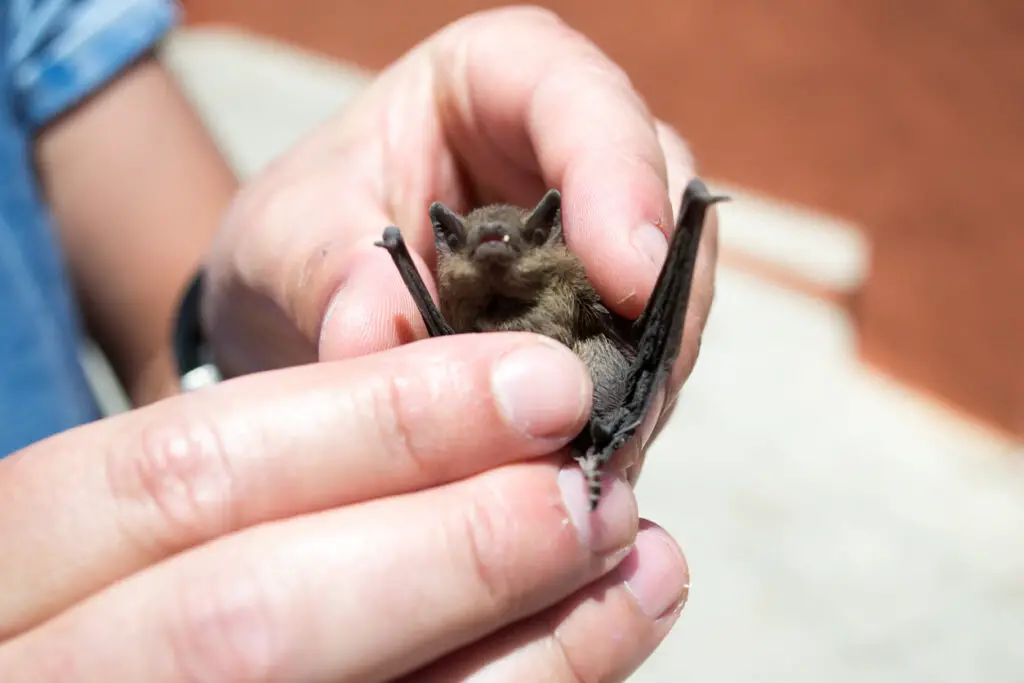
Baby animals often have unique cries that signal distress to their parents while being difficult for predators to detect. For example, a baby bat’s calls are inaudible to predators but easily picked up by its mother.
6. Rapid Growth Spurts
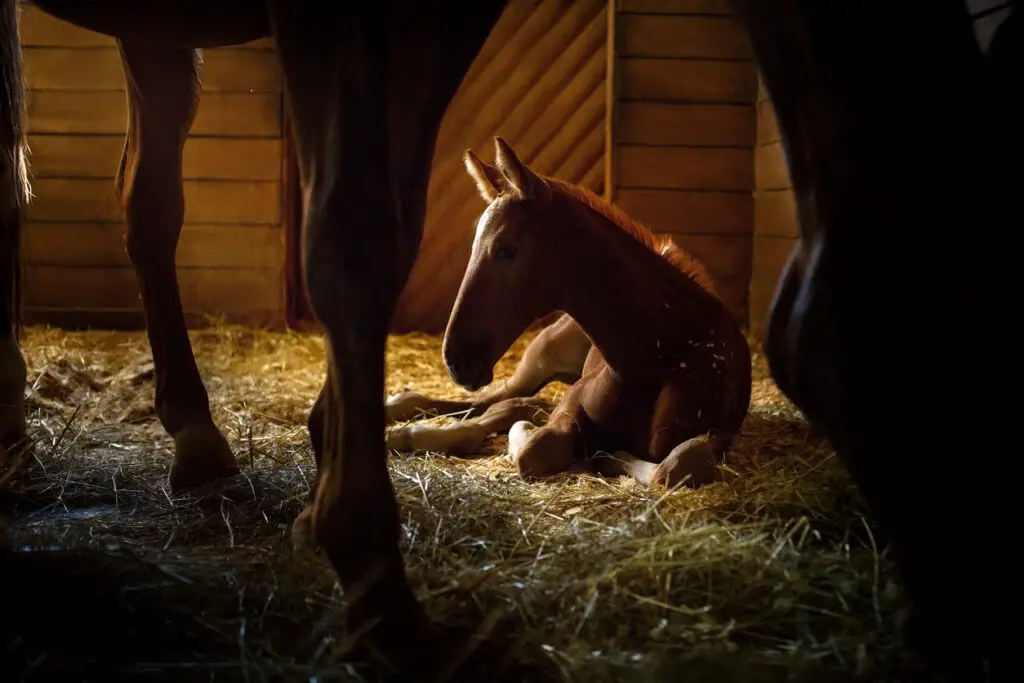
To reduce their vulnerable period, many wild baby animals grow incredibly quickly. Foals, for instance, can stand and run within hours of birth, helping them keep up with the herd and avoid predation.
7. Protective Mothers and “Alloparenting”
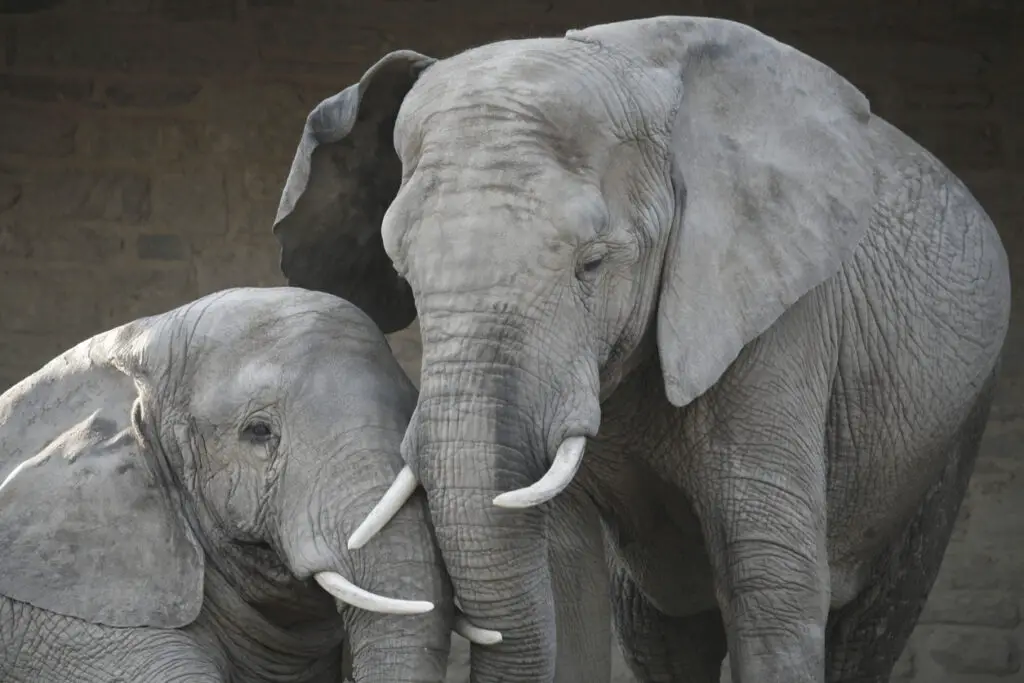
Many species ensure survival by enlisting group care for their young. Elephant calves, for instance, are often cared for by multiple females in the herd, creating a community of protectors.
8. Mimicking Adult Movements
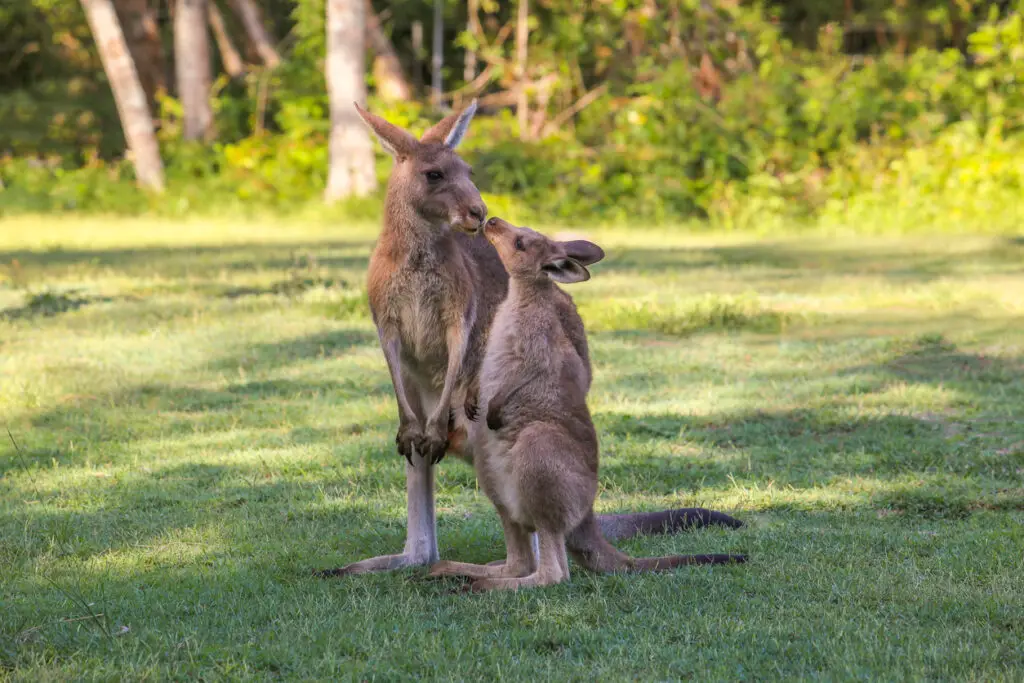
Baby animals often instinctively mimic their parents’ movements, which helps them learn essential behaviors. Ducklings, for example, follow their mother closely and imitate her actions to stay safe.
9. Feigning Death (Thanatosis)
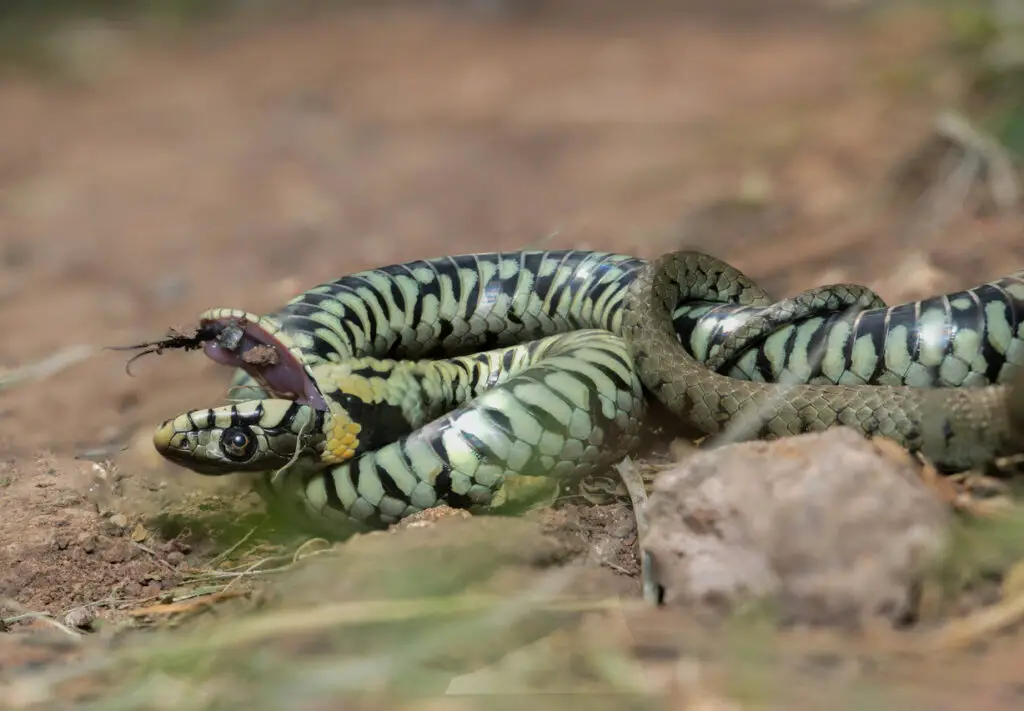
Some baby animals play dead to avoid becoming prey. Possum joeys and certain rodent species use this as a last-ditch defense mechanism, often convincing predators to leave them alone.
10. Unique Dietary Adaptations
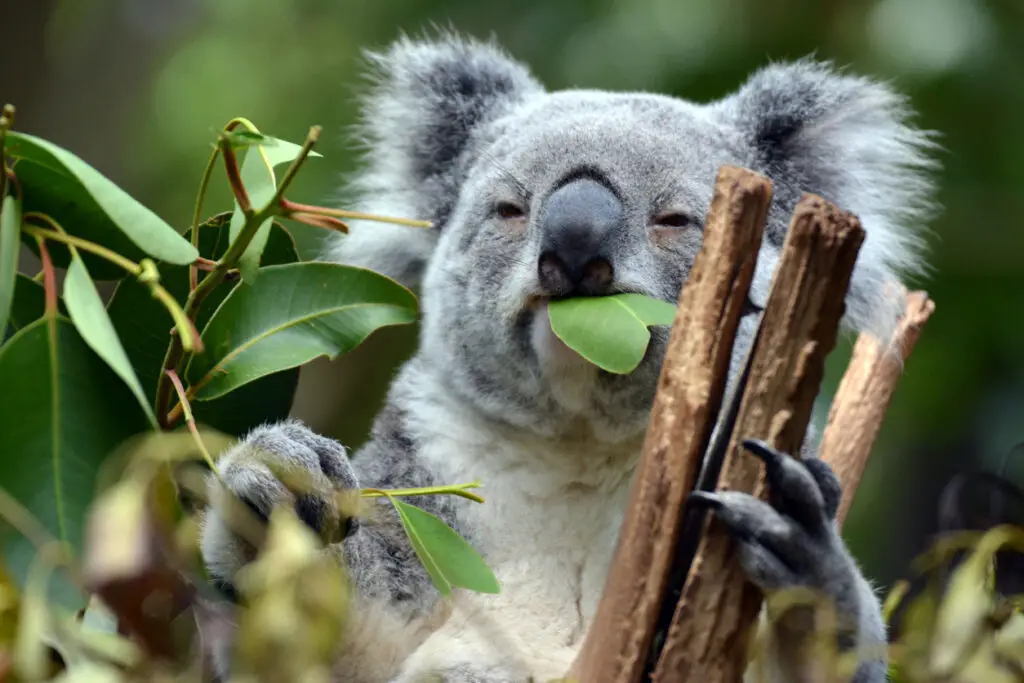
Many young animals have specialized diets or digestive systems when they are born. Baby koalas, for instance, consume their mother’s specialized feces called “pap” to introduce essential bacteria that allow them to digest eucalyptus leaves.
11. Protective Coverings and Hard Shells
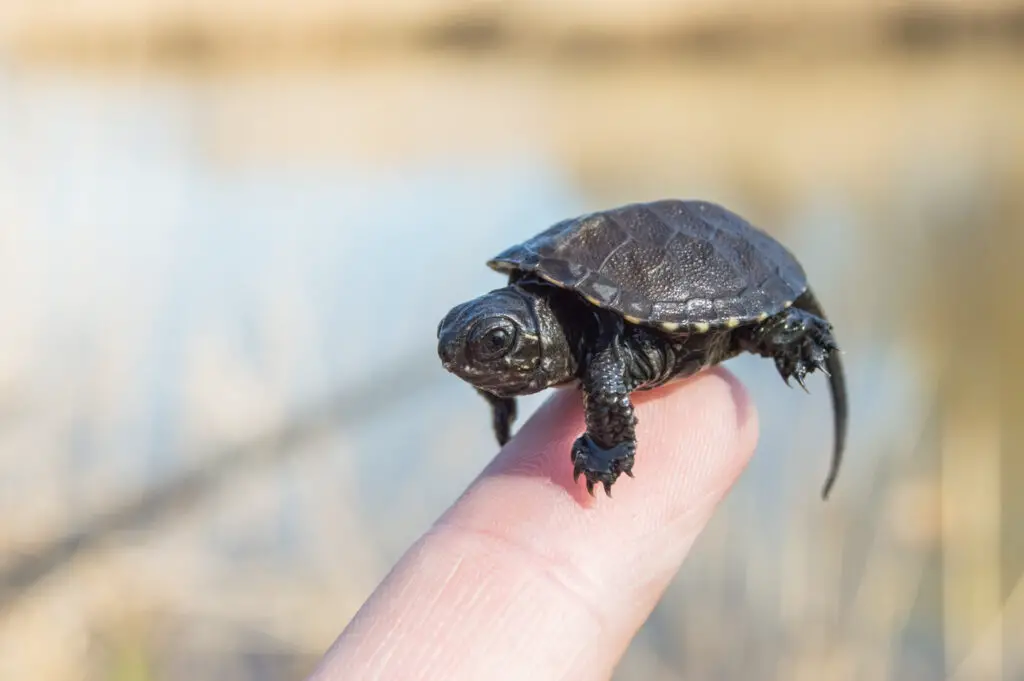
Baby turtles and some insects are born with protective coverings, such as hard shells, to shield them from predators and environmental threats until they mature.
12. Parental “Distraction” Displays

In many bird species, parents use distraction displays to lead predators away from vulnerable chicks. Baby birds benefit from this clever strategy, which relies on adult sacrifice and misdirection.
13. Staying Close to the Nest or Burrow
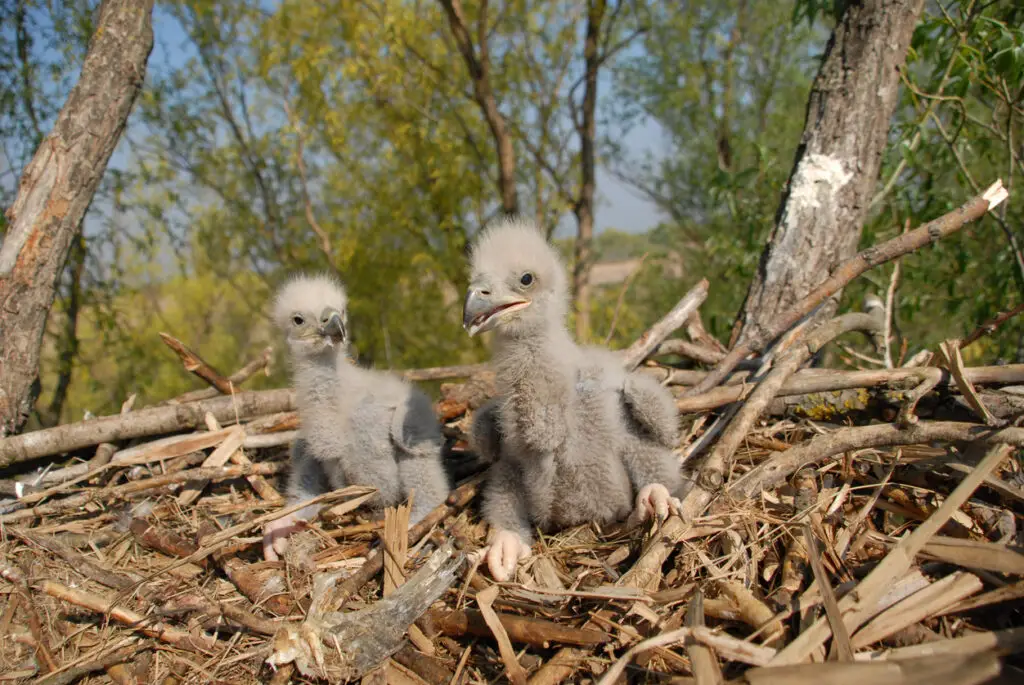
Many young animals instinctively stay near their birth location. This helps keep them protected and close to food sources. Prairie dog pups rarely venture far from their burrows without a signal from the group.
14. Adopting Protective Mimicry Colors
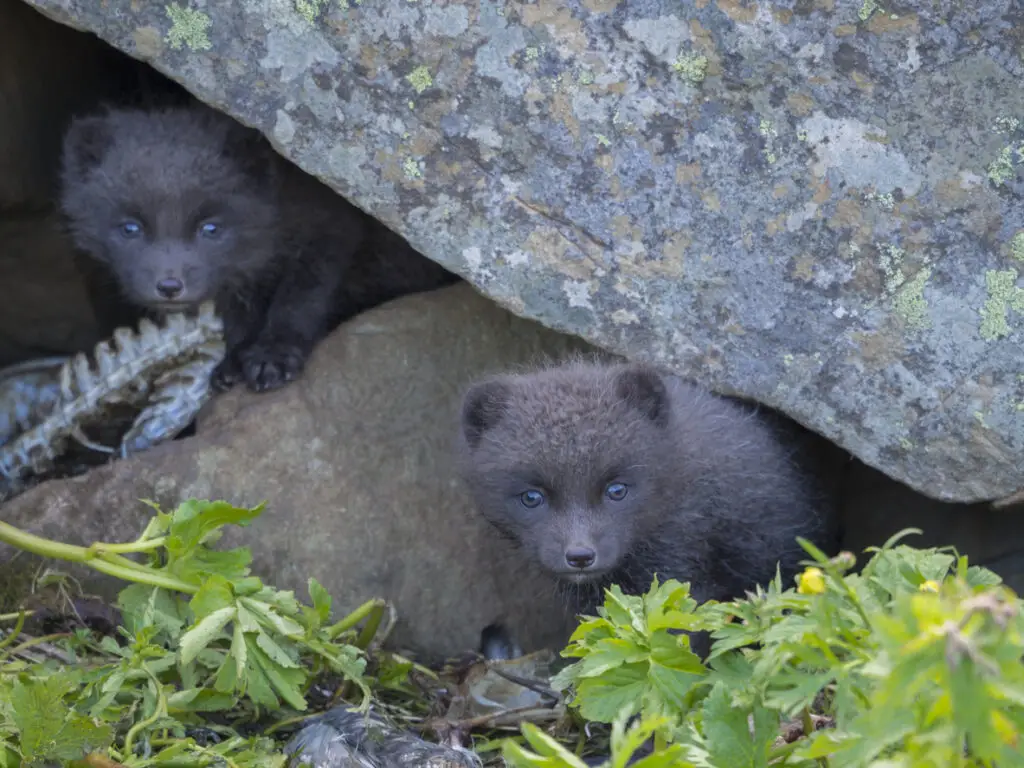
In certain environments, baby animals have coloration that changes as they age. Young arctic foxes, for example, are born with darker fur, which provides better cover in rocky terrain compared to the white fur they adopt in adulthood.


